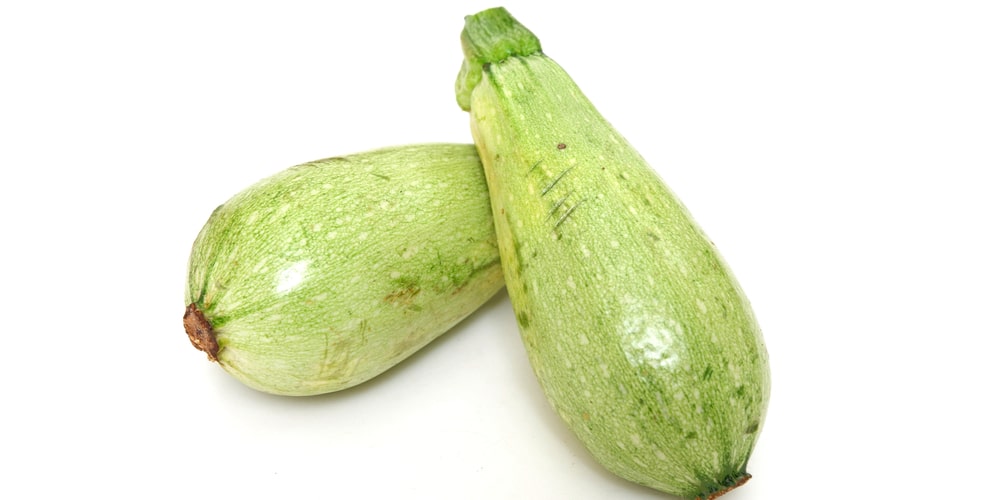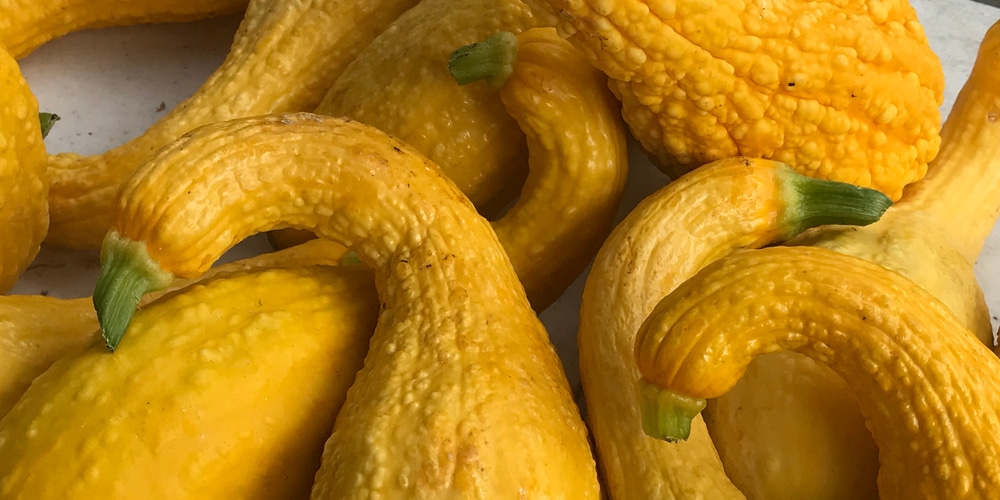Yellow squash can be classified as both a summer and winter vegetable, but the summer ones are more loved by many gardeners as starter plants. The summer yellow squash grows very healthy as the growing season progresses but will at times develop bumps on the skin. However, this should not be a cause of panic because many squash varieties usually develop bumps as they mature.
The summer crookneck squash has very smooth skin or may develop a few bumps.
If you are a first-time yellow squash gardener, this article will guide you on many issues concerning bumps on yellow squash. Basically, it will cover the causes of bumps on yellow squash, how to handle the bumps and how to ensure you have healthy yellow squash in the garden.
What you need to know about yellow squash bumps
There are several varieties of yellow squash, but crookneck yellow squash is one of the varieties most loved by gardeners. This plant grows to about 8 to 10 inches long and has lightly flavored pale flesh.
It is an incredibly versatile food that can be used to prepare stews and soups. You can also roast them or just steam them and enjoy their delicious taste.
Most important, you should harvest your squash when it is not fully mature because at this time, the skin will be soft, and the flesh tastes better. If you leave the squash to stay longer in the garden, they keep growing, and the skin becomes tougher and develops bumps on the skin.
What causes yellow squash bumps
Squash naturally grows bumps on their skin, making the skin unappealing but not affecting their taste and quality. Squash is categorized in the same family as other plants, such as the cucumbers, watermelons, and pumpkins, which are easily susceptible to diseases.
Other than natural skin bumping, there are some problems that the squash plant might be experiencing and react by forming bumps on the skin. For example, if there is excess calcium in the soil, the plant will get bumpy. If there are aphids in your garden, the squash plants may also get infected by diseases spread through aphids.
When there is an aphids infestation in your squash garden, you will have to prune off the affected stems and dump them far from the garden. You can also continuously water the plants, and the aphids will get out of your plants and die.
Growing healthy crookneck squash
Before you plant crookneck squash, you will first need to identify a planting spot with the maximum amount of sunlight. The soil should be fertile and drained to support the growth of the shallow roots.
Croaked squash should be watered regularly to maintain the humidity around its shallow roots. The plant will also produce healthy and fleshy fruits when the roots are healthy. The plants need adequate space to spread their vines and produce as many fruits as possible.
You can choose to start squash plants indoors and transplant them when the soil is warm and ready to support plant growth. Similarly, you can directly sow seeds in the soil when the soil is free from the dangers of frost. Depending on the soil conditions, it will take about 5-10 days to germinate.
Warm, well-aerated, and humid soil speeds up the germination process; therefore, you will need to ensure your soil is in a good state before laying down your seeds.
Apply mulch around the squash plant once it starts to grow and spread its leaves and vines. Mulching serves the plant in different ways like preventing soil from drying, preventing weed growth, and keeping the soil warm.
How to prevent problems on your squash plants and ensure they grow healthy
First, if you don’t want to handle any diseases on your squash plants, you must purchase disease-resistant seeds and sow them in the best and healthiest conditions.
Avoid overwatering as it can cause root rot, and also ensure you keep weeds away while you enhance soil health. Remember having bumps on the squash plants is not unhealthy, but it simply means that the plants have grown and matured, ready to be harvested.
Yellow squash bumps: Conclusion
If you find bumping on your squash plants annoying, you can harvest them early before the bumps start appearing.
For better results, make sure you plant the squash seeds in the appropriate soil conditions in an area exposed to adequate sunlight.
Related Article: Winter Squash Companion Plants

